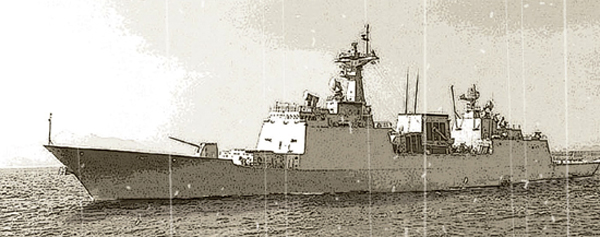Military technology’s disconnect with past

It may be a joke, but it has a point. Korea virtually began with nothing but became an information and communications technology powerhouse. Our triumph has been made possible by the blood and sweat of the older generation. In 1996, the world’s first CDMA service was provided, and in 1982 Korea became the 10th nation to successfully develop data transport exchange. The origin of a variety of technologies goes back to the defense industry and the struggle to develop indigenous technology in the 1970s. Former Science Minister Seo Jeong-uk invented Korea’s first military radio communication device - the KPRC-6 - while working at the Agency for Defense Development. Then-President Park Chung Hee was impressed after making a call on a KPRC-6 prototype on July 7, 1972, and offered full support to Seo and his team. The TA312 field telephone was also made with indigenous technology.
In November 1971, Park ordered the development of 11 items, including rifles, grenades and field mines, with Korean technology. Researchers always had tight budgets. They had deconstructed U.S. Army weapons and tried to creatively redesign them. They tested the performance of prototype radio devices by tying them on the backs of trucks and driving through fields. Lee Seok-pyo, Blue House secretary for the defense industry, died on the job at the Vulcan testing site, and three were killed in an accident developing military vehicles. It has literally been a history of blood and sweat.
How are we doing today? Eulji Mundeok, the second destroyer made with Korean technology, had a five-hour blackout, and the explosion success rate of Korean mines is only 16.6 percent. The Hongsangeo torpedo reportedly has a very low accuracy rate. While the military complains of a money and manpower shortage, there may be other reasons involved. They may lack the strict sense of professionalism and military spirit. They should feel ashamed for failing to continue the legacy of researchers who gave their lives decades ago.
Today is the 34th anniversary of the assassination of Park Chung Hee.
The author is an editorial writer of the JoongAngIlbo.
By Noh Jae-Hyun










with the Korea JoongAng Daily
To write comments, please log in to one of the accounts.
Standards Board Policy (0/250자)